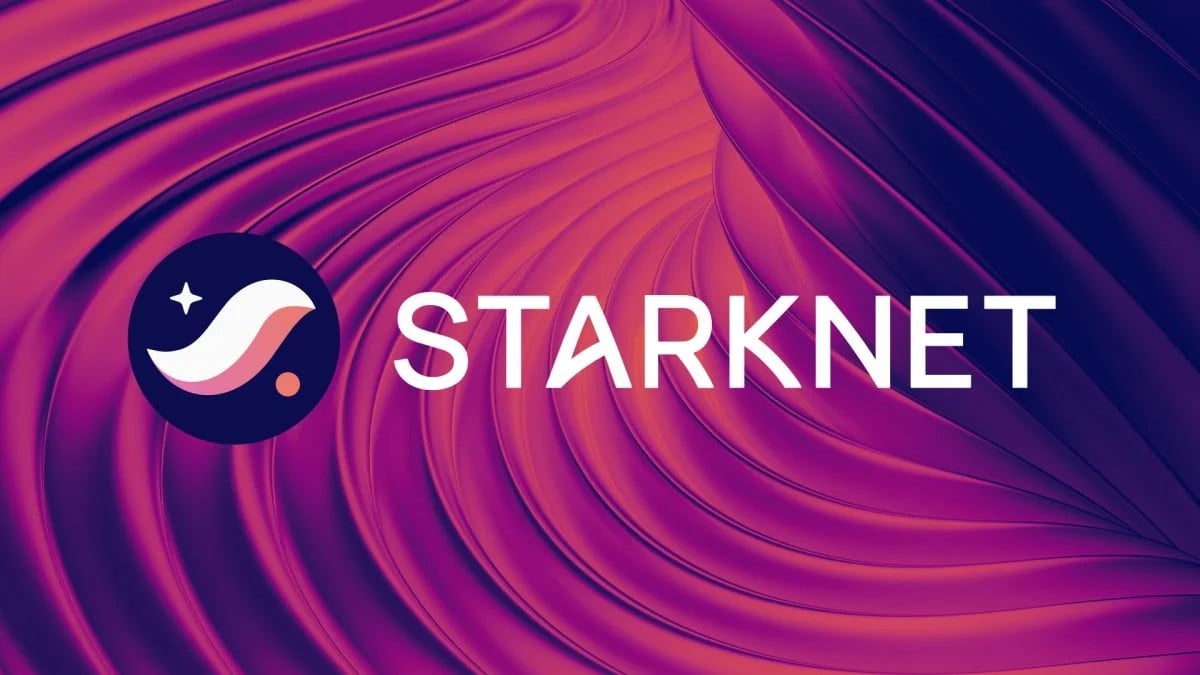- R25 has introduced its yield-generating rcUSD+ token on the Polygon network in November, with the asset designed to hold a 1:1 value against the U.S. dollar.
- rcUSD+ will interoperate with multiple DeFi primitives on Polygon, including lending pools, collateral vaults, and liquidity engines.
R25 is a real-world asset (RWA) protocol backed by Ant Financial that creates “rc” tokens, stablecoins backed by traditional financial instruments. For its blockchain deployment, R25 selected Polygon as its first EVM partner to bring institutional-grade yield to everyday token holders.
This partnership provides R25 access to a thriving ecosystem while giving Polygon users a new financial primitive designed for scale, stability, and transparency.
According to Polygon’s announcement , rcUSD+ is a USD-pegged stablecoin that maintains a 1:1 value with the U.S. dollar while generating on-chain yield through a portfolio of real-world assets such as money market funds and structured notes, which provide stable, low-risk returns.
Unlike standard stablecoins, rcUSD+ incorporates an institutional-grade structure with multi-layer credit enhancements to strengthen risk management and make the token more attractive to institutional users.
Polygon’s Technical Advantages
Polygon’s architecture combines high throughput, low fees, and advanced zero-knowledge (ZK) technology, making it a technically strong environment for deploying and scaling stablecoins. The network’s Proof-of-Stake chain uses a hybrid architecture, Heimdall, Tendermint-based validator layer.
As CNF reported , Heimdall upgraded in July to reduce transaction finality from one to two minutes to 5 seconds, and Bor, a modified Geth execution layer, to deliver ~2-second block times and inexpensive transactions.
Also, in July, Polygon launched the Bhilai Hardfork to enhance PoS throughput to more than 1,000 TPS, raising the block gas limit from 30 million to 45 million, and stabilizing gas fees.
Polygon’s ZK stack, including Polygon zkEVM and the Chain Development Kit (CDK), provides Ethereum-equivalent execution secured by validity proofs, enabling trust-minimized, scalable environments for stablecoin settlement.
zkEVM batches thousands of transactions into a single SNARK proof verified on Ethereum, giving stablecoins both low-cost execution and Ethereum-level finality. Meanwhile, the AggLayer unifies liquidity and state across multiple Polygon chains through recursive proof aggregation, allowing stablecoins to move seamlessly and securely without traditional bridges.
Stablecoin’s on polygon
Payy launched a self‑custodial Visa card that lets users spend USDC directly from their Payy Wallet, bringing stablecoin payments into real-world transactions with privacy and control. Through this setup, USDC on the Polygon network can be used seamlessly for everyday purchases, both online and in stores.
Polygon and fintech startup Anq are working together to develop a digital token called the Asset Reserve Certificate (ARC) , which is pegged to the Indian rupee and fully backed 1:1 by Government of India securities and Treasury Bills.
This is being framed as a sovereign-backed stablecoin model, aiming to embed blockchain deeper into India’s financial infrastructure while offering a regulated, on-chain digital asset that derives its value from real, government-backed instruments.
Additionally, DeCard and Polygon Labs revealed a new integration enabling stablecoin holders to spend USDT and USDC directly on the Polygon network. The DeFi ecosystem on Polygon currently holds a Total Value Locked (TVL) of $1.225 billion, reflecting an 8.62% decline over 24 hours.
The total stablecoin market capitalization stands at $3.252 billion, up 0.91% over the past week, with USDC dominating at 36.08%.
Recommended for you:
- Polygon (MATIC) Wallet Tutorial
- Check 24-hour Polygon (MATIC) Price
- More Polygon News
- What is Polygon?


